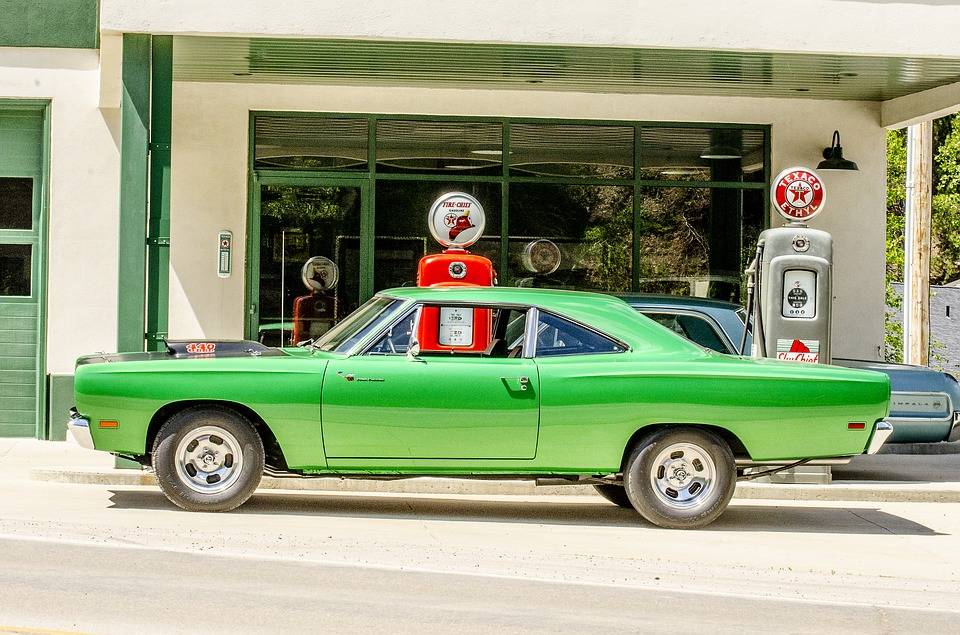Although blending fuel issue is relatively young, it increasingly attracts attention of both young and experienced automobilists. Having heard the phrase “blending fuel”, they try to find out what it is and whether it is possible to use it in their cars.
Let’s try to sort everything out. Appearance of blending fuels became possible due to the shortage of oil reserves in most countries. One of the possible alternatives is the introduction of alcohols as biolfuel. Currently the market of bioethanol worlwide shows annual growth of 20-25%. According to forecasts of industry experts, industrial production of this fuel may achieve 120 billion liters by 2020.
In most cases bio-ethanol acts as an additive to gasoline. Blending fuels, obtained on the base of these two components are marked by Е letter followed by a figure showing the percentage of ethanol. For example, grades of blending fuels Е5 and Е7 contain 5 and 7 percent of ethanol respectively. Application of this fuel does not require any changes of the automobile engine, unlike Е85, Е95 and Е96. Smooth use of the above fuels requires fuel supply and ignition system adjustment.
Wider implementation of ethanol into fuel industry can reduce dependence of a country on foreign oil imports and the amount of hazardous emissions.
Production of blended fuels
General process of blended fuel production includes emulsification of low-octane gasoline with ethanol. As a result, the blend has a higher octane number. Specific value of this parameter depends on volume of injected ethanol, in practice it ranges from 8 to 20%.
To make blended fuel, the four stages, described below, must be consequently followed:
- preparation of initial components;
- continuous batching and dispersion of ethanol in gasoline;
- sampling of products and analysing to determine qualitative parameters;
- certification of finished products.
What equipment is the best for liquid blending?
GlobeCore would like to address petroleum storage depots, oil refineries, filling stations, bunkering and transporting companies to our USB series blending units. This equipment is designed specifically for blending of nearly all liquids.
If standard technologies are applied, the storage time of blended fuels does not exceed 30 days, while its complete residence time, for example, at filling stations is 40-50 days at the minimum. Application of USB units by Globecore helps to close this gap and to obtain a product which does not break down for at least 180 days.
This result is achieved due to application of several physical principles simultaneously: Venturi effect, cavitation, acoustic effect, etc.
SPECIFICATIONS OF THE MOST POPULAR USB MODELS | |||||||||
Parameters | USB-5/3 | USB-5/5 | USB-18/3 | USB-18/5 | USB-40/3 | USB-60/3 | USB-60/5 | USB-100/3 | USB-100/5 |
Capacity, m3/hour | 5 | 5 | 18 | 18 | 40 | 60 | 60 | 100 | 100/150 |
Number of blended fluids | 2…3 | 2…5 | 2…3 | 2…5 | 2…3 | 2…3 | 2…5 | 2…3 | 2…5 |
Consumption of the main component, m3/hour | 3.5 | 3.5 | 11 | 11.5 | 30 (40) | 50 (57) | 50.0 | 100 | 100 |
Consumption of additives, m3/hour | |||||||||
| * inlet I | 0.25..2.5 | 0.25..2,5 | 0.25..2.5 | 2..7 | 0.5..3.5 | 0.5..3,5 | 0.1..1.0 | 0.4…4 | 3…30 |
| * inlet II | 0.1..1.0 | 0.1..1.0 | 0.1..1.0 | 0.5..3.5 | 0.1..1.0 | 0.1..1.0 | 0.0..0.02 | 0.4…4 | 3…30 |
| * inlet III | – | – | – | 0.5..3.5 | – | – | 0.25..2.5 | – | 0.05…0,5 |
| * inlet IV | – | – | – | 0.15..0.65 | – | – | 0.5..6.3 | – | 0.4…5 |
Supply pressure, MPa | 0.8 | 0.8 | 0.8 | 0.8 | 0.8 | 0.8 | 0.8 | 0.8 | 0.8 |
Power consumption, kW | 2.7 | 2.7 | 15 | 118 | 36 | 45 | 45 | 55 | 55 |
Delivery head, m, мах | up to 10 | up to 10 | up to 10 | up to 10 | up to 10 | up to 10 | up to 10 | up to 10 | up to 10 |
Overall dimensions, mm | |||||||||
| **length | 500 | 500 | 500 | 500 | 700 | 700 | 1000 | 2000 | 2000 |
| **width | 300 | 300 | 500 | 600 | 900 | 1200 | 1500 | 1400 | 1400 |

